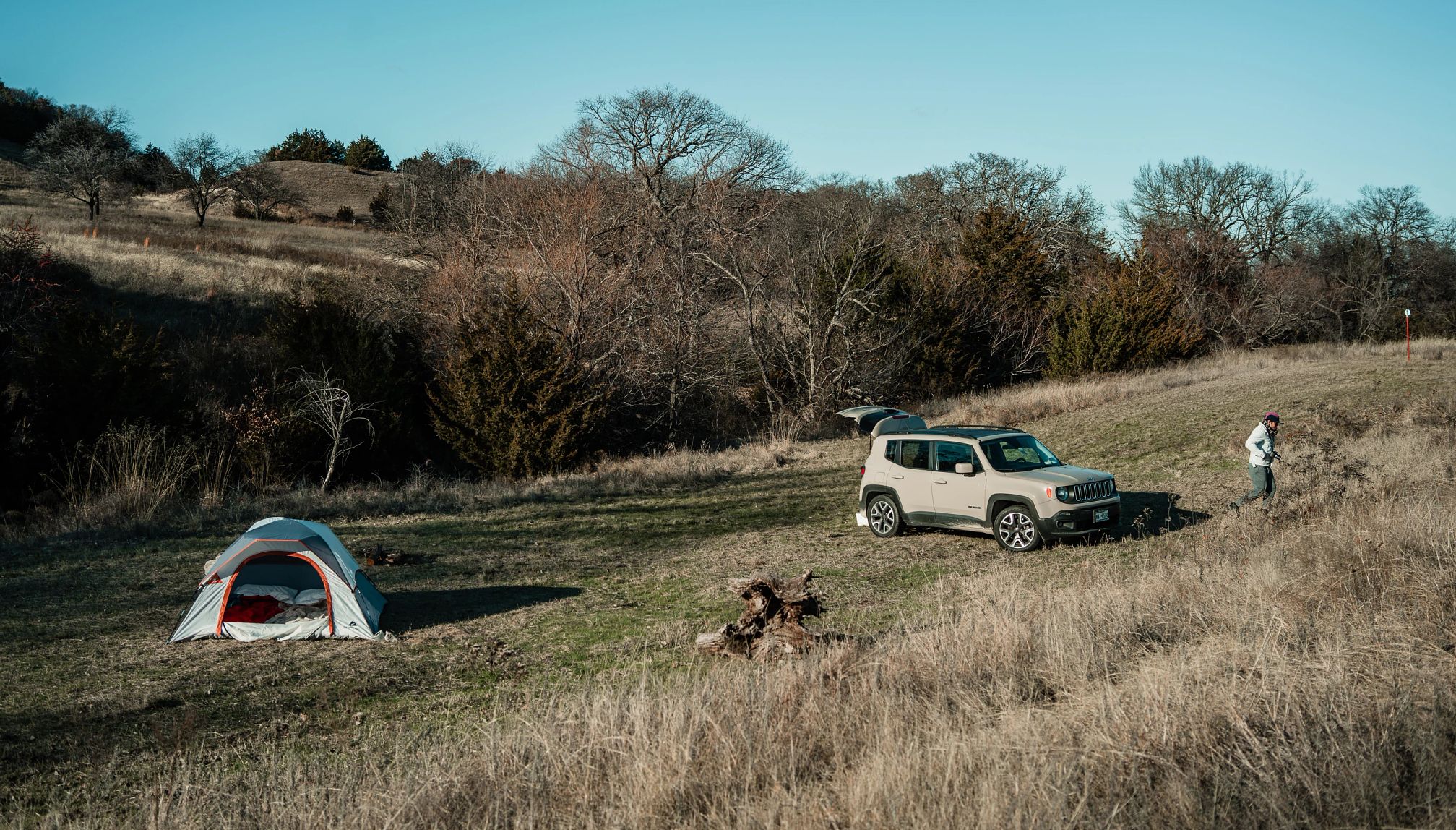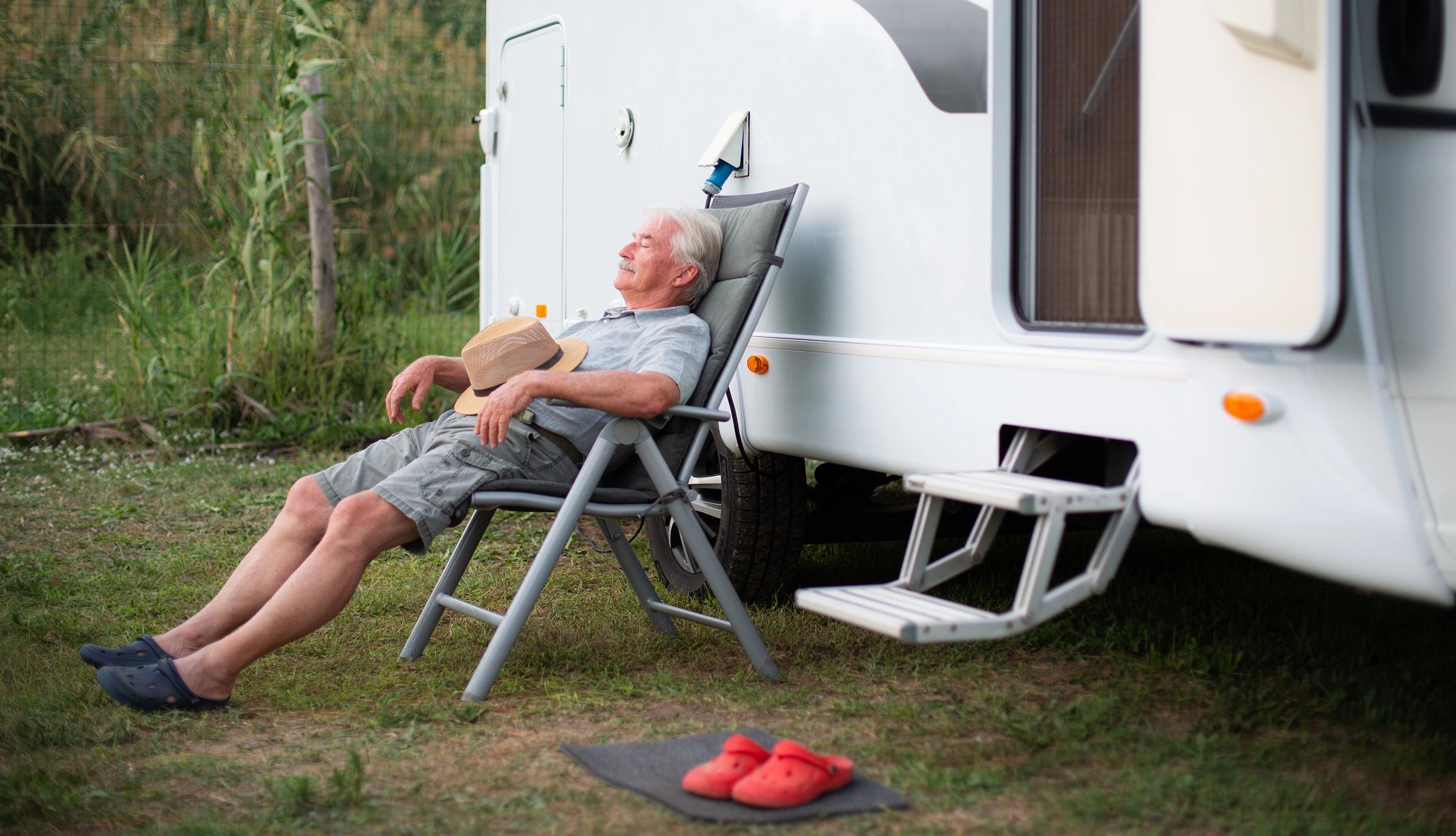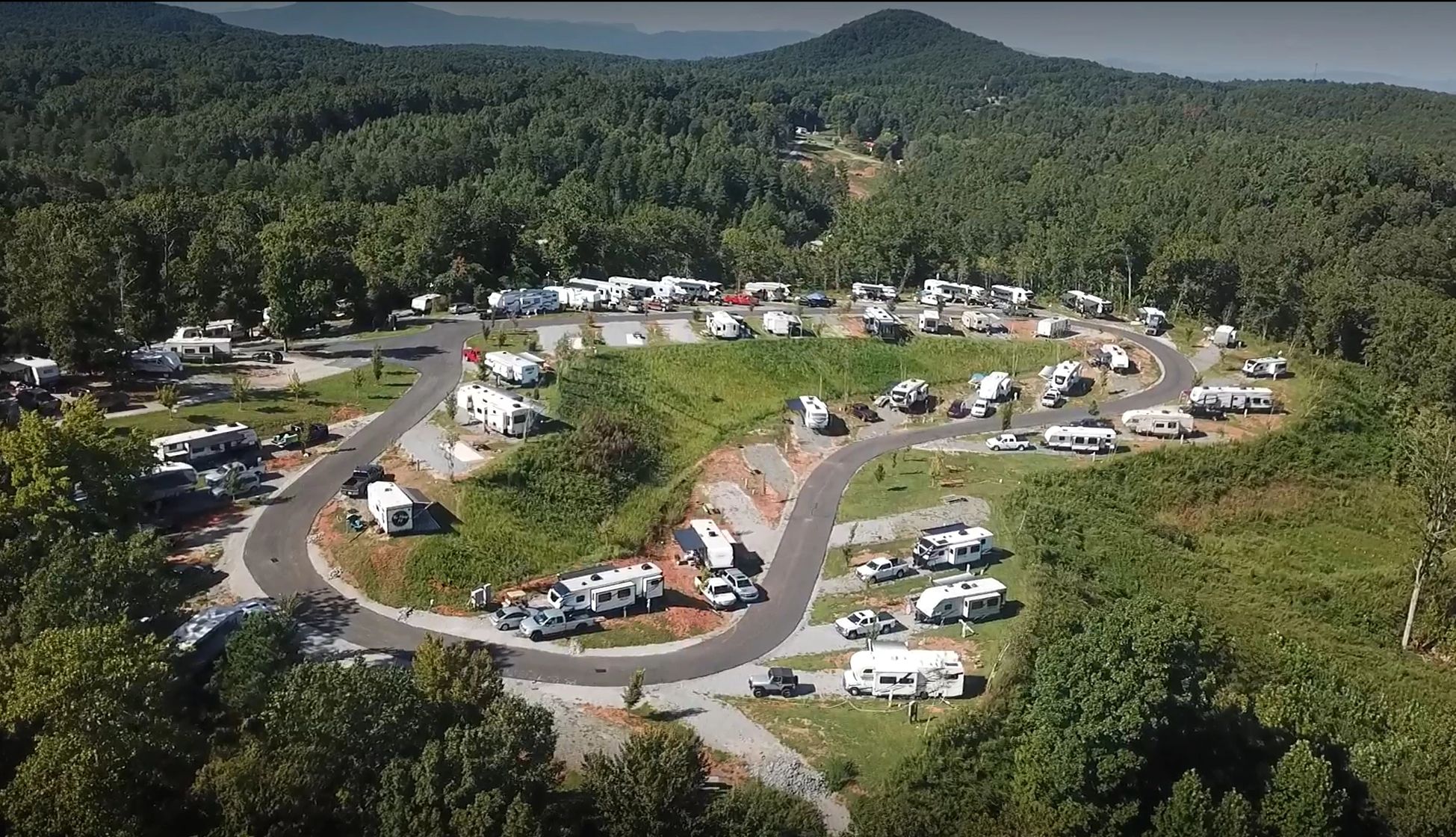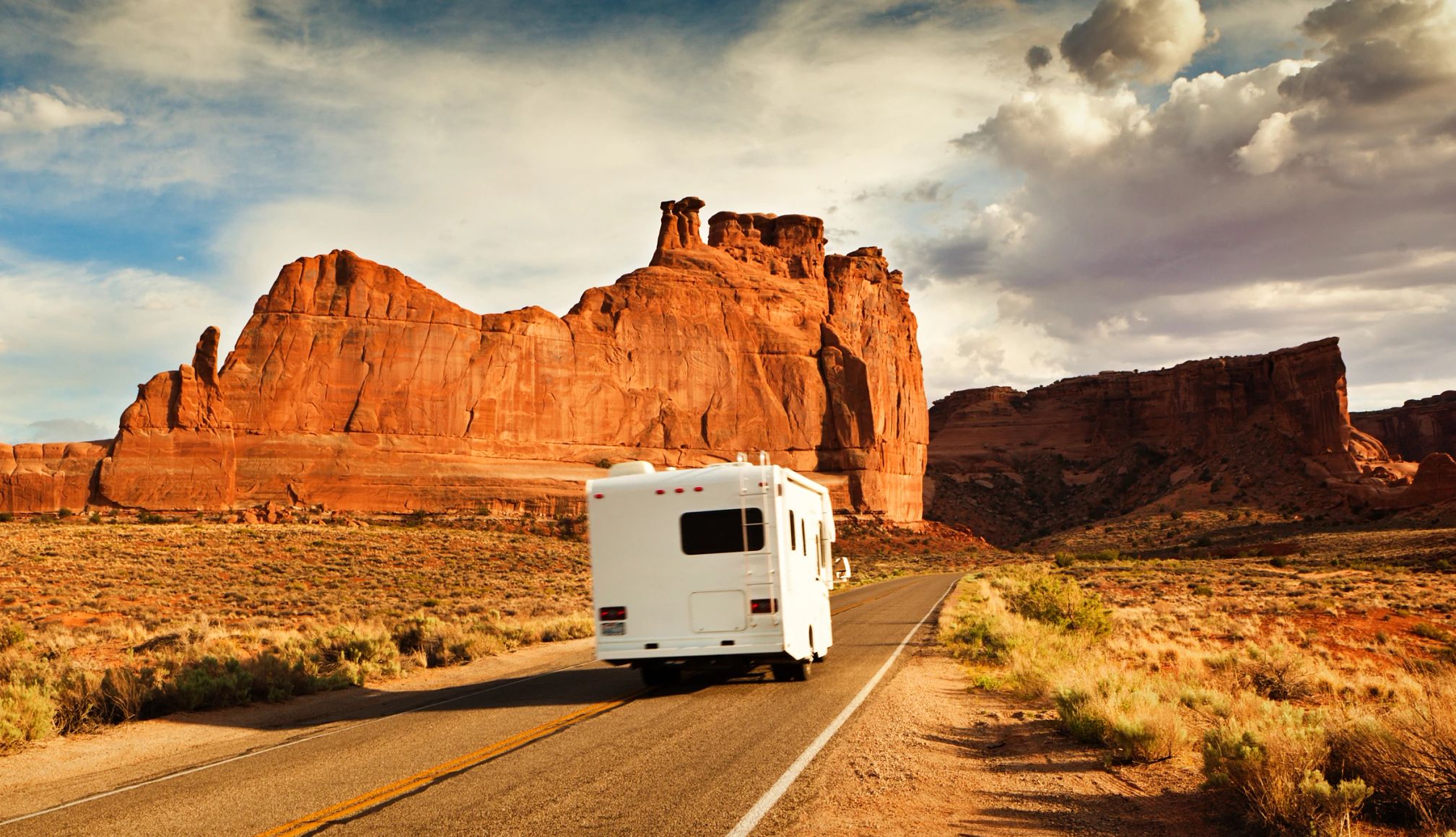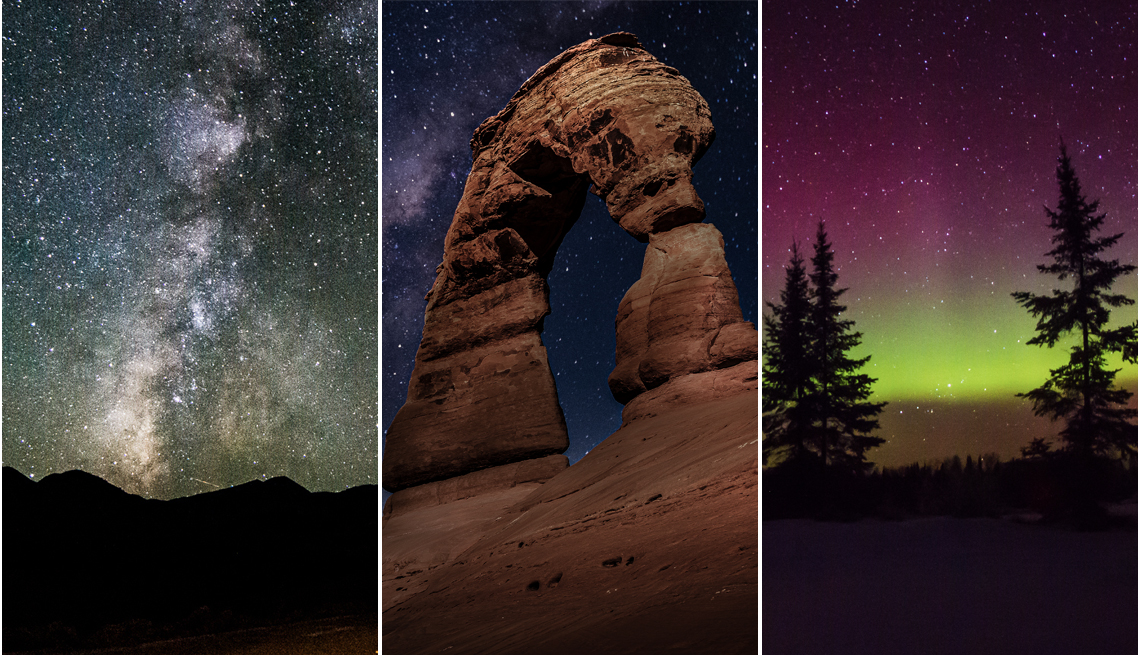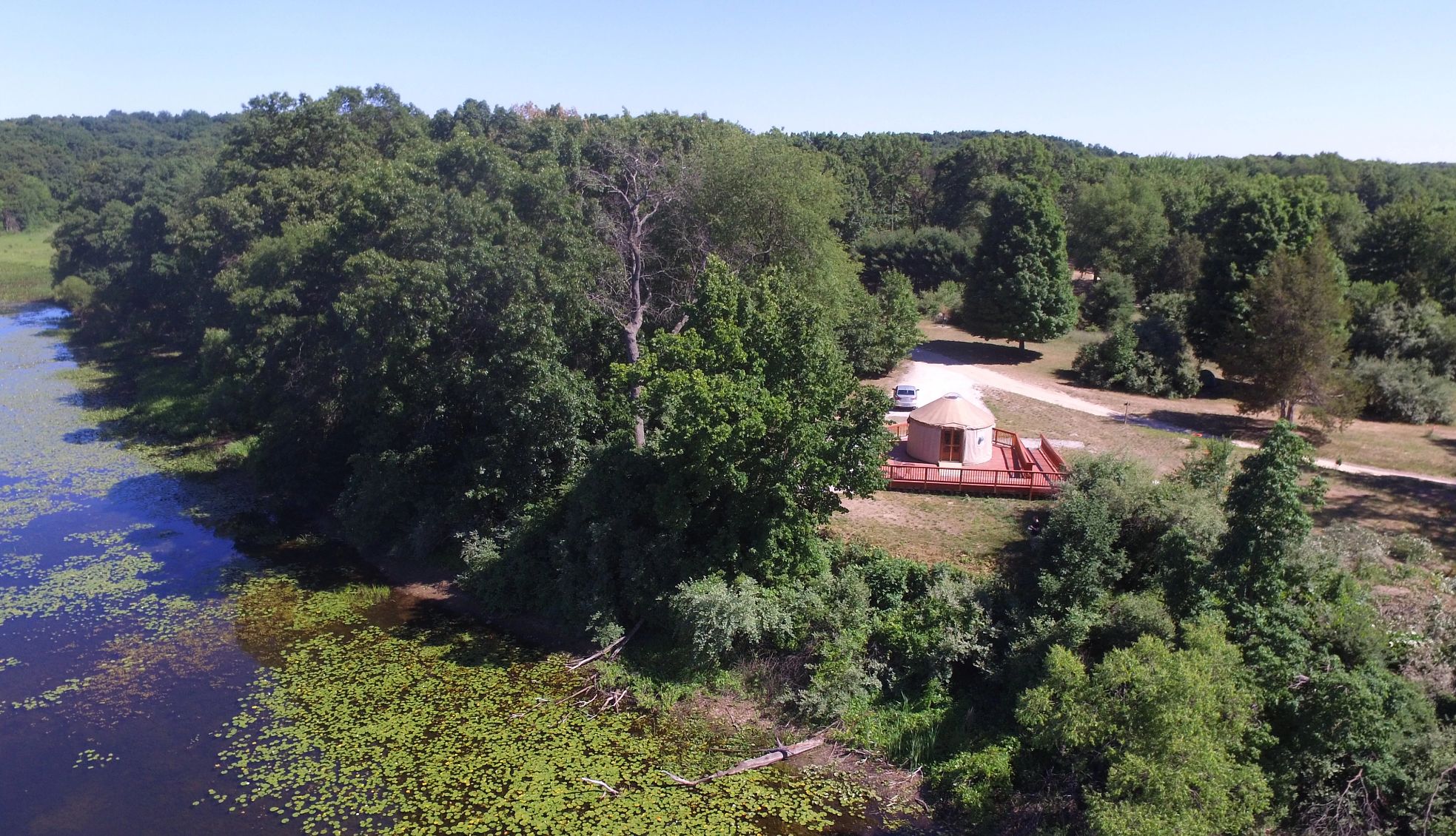Camp: The park has seven developed campgrounds. The Furnace Creek Campground is the only NPS option that accepts reservations and has full hookups for RVs. Reservations can be made up to six months in advance to stay Oct. 15 to April 15. The other six campgrounds are open for winter and spring. Three private campgrounds — Stovepipe Wells, the Oasis at Death Valley’s Fiddlers’ Campground and Panamint Springs Resort — accept reservations. Note: Few campgrounds are open in the summer because of the heat.
Visitors can enjoy views of the Milky Way from one of the designated stargazing spots at Grand Canyon National Park.
Carlos Fernandez/Getty Images
Grand Canyon National Park, Arizona
Yes, the iconic Grand Canyon, one of the World’s Seven Natural Wonders, is clearly the main attraction at this park. But stick around after dark and you’ll be rewarded with stellar views of another kind. See the Milky Way cast your shadow on a moonless night. Or thrill to a tableau of star clouds, nebulae, meteor showers and even planets like Mars, Jupiter and Saturn. Key stargazing spots on the South Rim include Desert View Watchtower, a mecca for snapping award-worthy images of the watchtower with a Milky Way backdrop; Mather Point; and Moran and Lipan points, both right off Desert View Drive. On the canyon’s less-visited North Rim, you can have the stars all to yourself at Bright Angel Point.
In early June visitors can join a free star party — on the South Rim with the Tucson Amateur Astronomy Association and on the North Rim with the Saguaro Astronomy Club of Phoenix — to enjoy astronomy talks, constellation tours and telescope viewings. Night sky photography workshops, telescope viewings and constellation talks take place throughout the year.
Camp: There are four campgrounds on the South Rim. Mather Campground (reservations required March 1 to Nov. 30) and Trailer Village RV Park (RVs only) are open year-round. Desert View Campground is open mid-April to mid-October and requires reservations. Tusayan-Montane Campground is open from May 13 to Sept. 30. North Rim campgrounds DeMotte Campground and North Rim Campground are open mid-May to mid-October, and reservations are required.
Travelers can sleep under countless stars at Great Basin National Park in Nevada.
James Ronan/EyeEm/Getty Images
Great Basin National Park, Nevada
What makes Great Basin such a stargazing superstar? It has ideal conditions, with high elevation and low humidity. It offers rare deep-space viewing from the Great Basin Observatory, the first research-grade observatory built in a U.S. national park. And as one of the least visited parks — it had only 142,115 visitors in 2022 — you can admire the night skies with hardly anyone else around.
On clear, moonless nights, head to such popular viewing spots as the Baker Archaeological Site and Mather Overlook to be awed by countless stars, planets (note that stars twinkle but planets don’t), meteor showers, man-made satellites, the Andromeda Galaxy and the Milky Way. From Memorial Day to Labor Day, astronomy programs offer ranger talks and full-moon hikes, telescope viewing at the astronomy amphitheater and solar telescope viewing from the Lehman Caves Visitor Center. On select summer evenings, hop aboard the Great Basin Star Train in the nearby town of Ely, guided by Great Basin National Park’s Dark Rangers. Along the way you can disembark and use high-powered telescopes to see distant planets and deep-space objects. Finally, come for the annual Astronomy Festival, Sept. 5 through7, to enjoy guest speakers, photo workshops, telescope viewings, art projects and tours of the Great Basin Observatory.
Camp: The park has five developed campgrounds: Upper Lehman Creek, Lower Lehman Creek, Baker Creek, Grey Cliffs and Wheeler Peak. All operate on a first-come, first-served basis, except Grey Cliffs — you can make reservations for nights between May 25 and Sept. 30 and book up to 30 days in advance. Lower Lehman Creek is the only campground open year-round, but it will be closed for most of 2024 because of ongoing projects. The other campgrounds are generally open May through October.
Mesa Verde’s high elevation and dry climate make it a good place to stargaze at night. Here, the Milky Way shines bright over the park.
Getty Images
Mesa Verde National Park, Colorado
Stargaze at the night sky just like the Ancestral Puebloan who lived here between 550 and 1300, leaving behind evidence of their sophisticated astronomical knowledge. The dark skies above Mesa Verde National Park haven’t changed much since the days of those early observers so long ago. Mesa Verde is at the center of the darkest skies left in the contiguous U.S., thanks to the region’s high elevation, dry climate and sparse population. The park’s archaeological sites and trails are closed at night, but the best spots for star viewing are Morefield Campground and Far View Lodge, which sometimes host ranger-led evening programs.
Camp: Morefield Campground, 4 miles from the park entrance, is managed by Aramark and open from May to October. Off-season camping is limited but available in the spring (April 11 to 25) and fall (Oct. 19 to Nov. 2).
Lucky campers can catch a glimpse of the northern lights when staying at Voyageurs National Park in Minnesota.
Steve Burns/Getty Images
Voyageurs National Park, Minnesota
Stars aren’t the only things that shine at this remote water-based park near the Canadian border. When conditions are right, the aurora borealis lights up the night sky with its shimmering streaks of blue, green, purple and red. These rare light phenomena can’t be forecast, but winter’s longer nights increase the chances of seeing them. While watching for the northern lights, keep a lookout for the Milky Way, satellites, the International Space Station, shooting stars and other celestial objects. Voyageurs hosts star parties with special ranger-led nighttime hikes, meteor shower viewing, constellation tours and solar system walks.
Camp: The park has 147 front-country, 14 backcountry and two primitive campsites that are open year-round. All campsites (except the primitive) require a watercraft or water taxi, a reservation and a camping permit. Front-country campsites are located on the shores and islands of the park’s bigger lakes — Crane, Kabetogama, Namakan, Rainy and Sand Point. Backcountry campsites are located on the park’s interior lakes and offer a more remote and secluded experience.
Editor's note: This article was originally published on June 27, 2022 . It has been updated to reflect new information.




























































